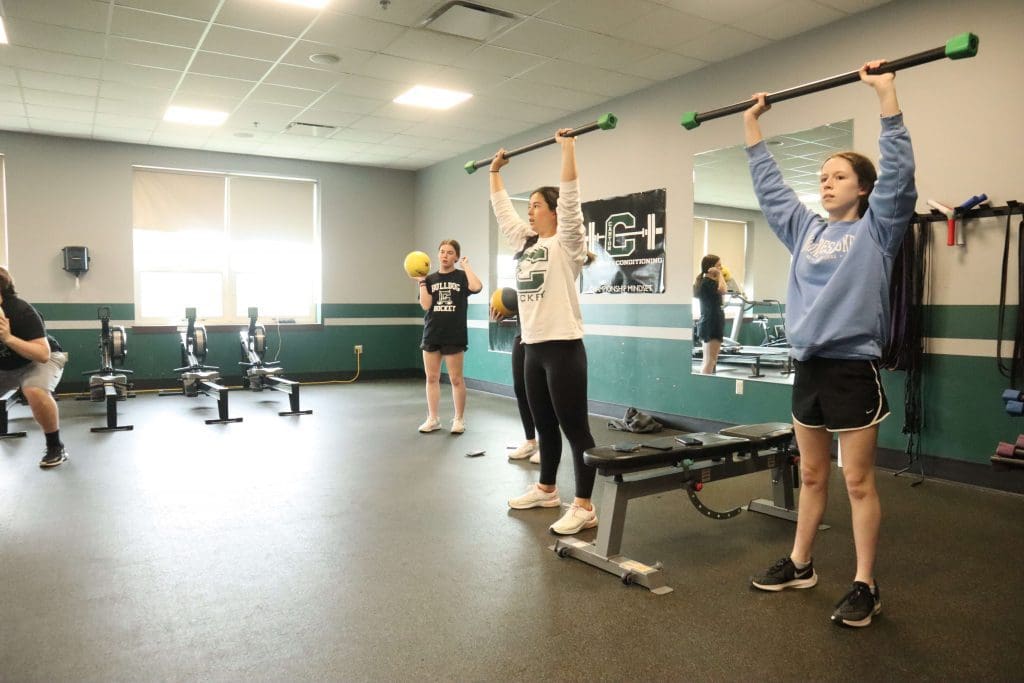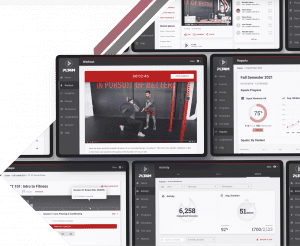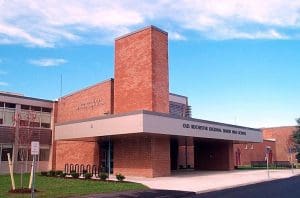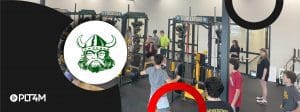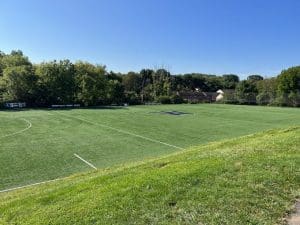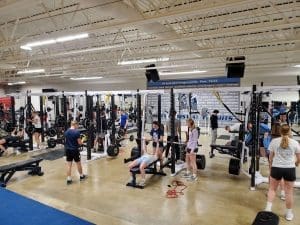Physical education is an integral part of any student’s education. It is essential for students to learn how to stay fit and healthy. A fitness curriculum can help teachers to provide students with the knowledge and skills they need to stay fit and active. This article will discuss the importance of having a fitness curriculum in physical education and provide tips on creating an effective and engaging scope and sequence of materials.
Defining Fitness Curriculum For Physical Education
“There is no one set edition of a printed, published physical education curriculum in which we can quickly just adopt and follow. It is with this freedom that comes a great responsibility to provide a quality, standards-based program for students.”
Jessica Shawley, a PE teacher at Lewiston High School, succinctly highlights the unique challenge physical education programs face. There are countless physical education curriculum models that PE teachers can adopt. As a result, PE planning can feel like a never-ending puzzle.
But even with the endless options for physical education teachers to choose from, fitness curriculum is becoming a popular go-to for school districts across the country.
Fitness curriculum focuses on building skills in physical activity options that students can do beyond the walls of schools. For example, fitness education typically starts with foundational human movement patterns (squat, lunge, hinge, press, pull) and builds lifelong physical fitness skills in various fitness activity options like yoga, dance, pilates, weight lifting, and more.
And there are still countless options for middle school PE lesson plans and high school PE lesson plans that focus on fitness education. Later in this article, we will highlight some of the most popular physical education resources.
Benefits of a Fitness Curriculum
For many years, physical education classes centered around sports and games. And while these are great physical activity options, they only support some students’ long-term physical fitness. For example, only a fraction of adults continue playing sports after high school.
As a result, more school districts are shifting to a fitness curriculum for physical education programs. The most significant benefit of this shift is creating opportunities and options for students to pursue a physically active lifestyle. And these benefits serve both during physical education class and school time, but for students’ long-term health and wellness as they become adults.
Judd Hunter, a physical educator at Arlington High School in Washington, sees the value of a fitness curriculum for promoting a physically active lifestyle,
“We want to create a pathway through physical education to the real world. Therefore, our classes need to be reflective of what fitness can look like beyond high school.”
And this isn’t to say sports and games can’t be a part of a fitness curriculum. At Arlington and many other schools, physical education programs still offer electives that focus on things like racket sports, team sports, and lifetime fitness games. The big-picture goal is to provide activities and physical fitness education that translates to the real world.
Challenges of Implementing a Fitness Curriculum
Because schools look at physical education as an all-encompassing subject, PE teachers are expected to cover everything from social emotional learning, health education, and an entire slate of different physical activity topics. While PE teachers have a basic knowledge and understanding of many of these topics and units, they often need support.
Josh Van Kempen at Unity Christian felt confident as a general fitness instructor, but when he wanted to offer yoga to his students, he knew his knowledge was lacking,
“I don’t know a lot about yoga. Or at least I didn’t. But I know it is a popular fitness option, and I wanted students to get a chance to try this as a unit.”
Typically the next step for PE teachers is to seek out lesson plans and activities online. Unfortunately, this effort presents another challenge for implementing new physical fitness opportunities. Many of the fitness programs online are a far cry from a fitness curriculum. Instead, they are a random assortment of workout options for adults with barely clothed fitness instructors and are not grade level appropriate for middle and high school audiences.
But Josh and thousands of PE teachers aren’t turning to a random Google search for fitness curriculum. Instead, they outline a plan and tap into curriculum and technology to turn it into action.
Outlining a Fitness Curriculum Plan
Even within a fitness curriculum model, there are countless ways to approach designing your physical education program.
Many school districts start at the middle school or 9th grade level with an introduction to fitness. For example, students are introduced to foundational human movements (squat, lunge, hinge, press, and pull) that will eventually be a part of any future units or electives. An alternative approach for middle school or 9th grade level is exposing students to a variety of physical activity options through smaller units.
Eventually, though, every fitness curriculum model opens up for student choice and exploration of physical activities. Here, students can dive into the topics and units that they find most interesting.
Utilizing Curriculum and Technology
To help turn a comprehensive fitness curriculum plan into action, school districts have adopted PLT4M as a valuable physical education resource.
PLT4M offers hundreds of hours of content and lesson plans for schools. In addition, the technology component makes delivering and monitoring lesson plans easier than ever.
Explore a wide range of physical fitness options that live within PLT4M’s robust library. Below are some of our most popular fitness options and programs. Click on any of them to get a sample lesson. Each sample lesson is part of a full unit of lessons in the specific fitness category.
Ready to Learn More?
Schedule a free 10 minute consultation to see how PLT4M can help save you time and empower student learning!
Key Takeaways on Fitness Curriculum for Physical Education
Fitness curriculum for physical education can empower higher student engagement and motivation, improve academic performance, and instill lifelong fitness skills. Better yet, taking a fitness focused approach to your physical education classes doesn’t have to be an overwhelming task.
But don’t take our word for adopting a fitness curriculum for physical education! Check out the PE teachers and schools from across the country (many of which were featured in this article.) Here you can see the true power of fitness curriculum in action! Click on any of the tiles below to check out the full school story!
FAQ
Does PLT4M have other types lesson plans and curriculum?
Yes, PLT4M has over 25 different modules for your PE lesson plans. While we featured things that focused on physical fitness, we also have a very popular nutrition program, mindfulness program, and fitness literacy program. PLT4M is truly a comprehensive physical education curriculum and technology.
Is PLT4M aligned to Shape Standards?
Yes, every program is aligned to the PLT4M to the Shape Standards. SHAPE America’s National Standards & Grade-Level Outcomes for K-12 Physical Education define what a student should know and be able to do as result of a highly effective physical education program. This guide demonstrates how the PLT4M programs align with grade level standards, helping you achieve and accomplish a standards-based curriculum.
